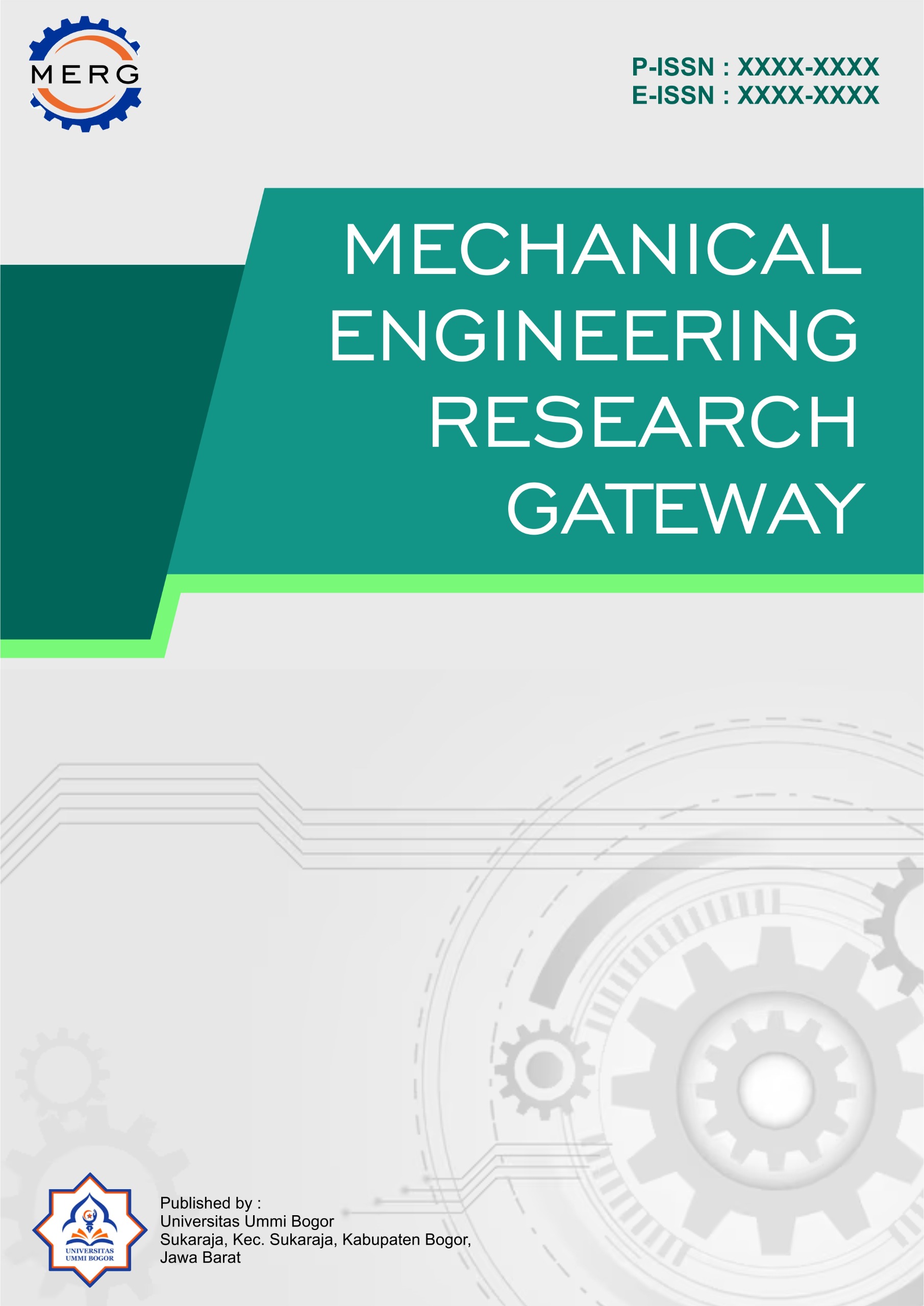Mekanika Komputasional dan Simulasi: Menjembatani Teori dan Praktik dalam Teknik
Keywords:
Computational mechanics, engineering simulation, finite element method, structural analysis, physical experimentsAbstract
Computational mechanics has become a crucial tool in engineering, enabling engineers to analyze complex engineering problems through computer simulations. By combining the fundamental principles of physics and mathematics, computational mechanics bridges theory and practice, providing solutions to analyze physical phenomena that are difficult to test experimentally. Computational simulations, including methods such as Finite Element Method (FEM) and Finite Volume Method (FVM), allow for the prediction of system behavior in engineering applications, such as structures, fluid flow, and thermal interactions under various conditions. The use of these simulations reduces the cost and time of physical experiments and allows testing of scenarios that cannot be easily replicated in reality. However, the reliance on accurate input data and model limitations remain challenges in computational simulations. Simulation results showing alignment with theory and physical experiments demonstrate their effectiveness, but practical field experiments are still necessary for further validation. The advantages of simulation lie in its flexibility and the ability to efficiently analyze various scenarios, while physical experiments provide deeper insights into complex interactions that are difficult to model. Therefore, it is recommended to continue developing simulations by improving model accuracy and enhancing hardware and software capabilities to handle more complex simulations, as well as integrating computational simulations in the early stages of design in various engineering fields.
References
Harris, M. (2019). Implementing information systems in rural communities: Challenges and solutions. Journal of Rural Development, 24(1), 45–60.
Harris, M. (2019). Implementing information systems in rural communities: Challenges and solutions. Journal of Rural Development, 24(1), 45-60.
Putra, & Sari. (2021). Sistem rekomendasi produk pada minimarket menggunakan FP-Growth. Jurnal Ilmiah XYZ, 10(2), 123–130.
Tan, P.-N., Steinbach, M., & Kumar, V. (2019). Introduction to data mining (2nd ed.). Pearson.
Tan, P.-N., Steinbach, M., & Kumar, V. (2019). Introduction to data mining (2nd ed.). Pearson.
Zienkiewicz, O. C., & Taylor, R. L. (2005). The finite element method (6th ed.). lsevier. https://doi.org/10.1016/B978-075066431-8.50196-X
Downloads
Published
Issue
Section
License
Copyright (c) 2025 Mechanical Engineering Research Gateway

This work is licensed under a Creative Commons Attribution-ShareAlike 4.0 International License.



